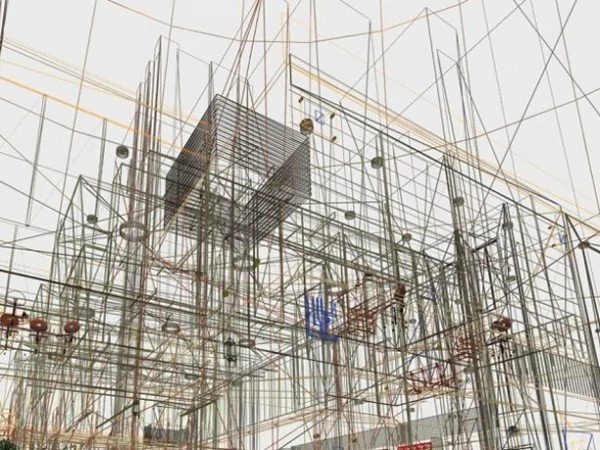Case Study : 4D construction simulation for delay monitoring
March 12, 2018

4D construction simulation helps in delay monitoring.
Being one of the largest and significant industries, the Construction industry has a main role in determining the gross domestic product (GDP) of many several advanced countries. This unique industry exists in a dynamic environment and therefore itself it faces lots of changes, conflicts, and complexity of communications, which will result in the delay and sometimes the failure of the project. Here comes the significance of BIM, as it can assist in creating a traditional delay analysis method. As this method is easy to perform and deliver its message, the problems between all involved parties can be solved earlier.
Understanding the benefits of BIM, several construction firms are now starting to invest in BIM technologies during all stages like preconstruction, bidding, construction, and post-construction. Therefore, owners need BIM service from everybody involved in a project including construction managers, architects, and engineering firms.
“The article aims at understanding current applications of BIM in different disciplines and to comprehend how “Design to Build” and “Build to Design” concepts can be implemented along with focusing on 3D and 4D construction simulation.”
High level of communication and collaboration environment is the most advantageous of BIM. It can cover all aspects of a construction project by incorporating every parameter like time (4D) and cost (5D). AEC uses BIM services in several application areas such as photorealistic rendering, virtual design review, cost estimating, analyzing design alternatives, analyzing execution methodologies, and project document production. A categorized framework has been established for eD/4D model areas of applications into three key phases such as design, shaping, and construction.
DELAY ANALYSIS USING 4D SIMULATIONS
Professionals and Forensic delay analysts must become more aware of the capabilities of 4D implementation in the AEC industry, As-Built models should highlight to the industry.
Case Study: Delay monitoring through 4D construction simulation
Execution of multiple projects at the same time, and monitoring the progress of every project is intimidating. The project owners are very keen to use technology to assist them in monitoring progress remotely.
Monitoring delays in execution is another plus of BIM implementation that is achieved. Simulating the construction activity for planned and actual dates and highlighting these to the client and project team ensures that execution delays are minimal. The clients are able to monitor the execution remotely on multiple projects
The project plan (from Primavera) is linked with the BIM model. To the 3D model, the 4th dimension of time is added and the construction simulation for every activity is generated. This linking is done initially for a baseline project plan and routinely updated (every 2 weeks) for actual updates to the project plan. Using this, delays are highlighted, and the construction sequence is corrected, thus achieving the goals of efficient resources and material management.
4D BIM AND SCHEDULING (TIME):
Construction planning and management: BIM models include tools for a visual depiction of the space utilization of the job site through the entire project construction, which provide a means of verifying site logistics and yard operations. Several temporary components like Lorries, cranes, and fencing can be included in the model. It can also incorporate the traffic access routes for cranes, Lorries, lifts, and other large items. Using the tools, we can also enhance the planning and monitoring of health and safety precautions required on-site, when the project progresses.
Schedule visualization: Schedule visualization provides multiple sources of accurate real-time information and using this, the project members can make sound decisions. A chart can be used in the BIM model to show the critical path. The chart also gives a visual representation of the dependency of some sequences on others. Advanced BIM models can identify the changes in a design, which will influence the critical path, and indicate the possible corresponding impact of these changes on the overall delivery of the project.
A large project may have more than 100 activities at the proposal and schematic stages. While the scheduled activities are between 500 and 1000 during design development, they will range from 1000 to 10000 or more during the construction document stage. So, it is important to make sure that no information is missing when the project progresses to the construction document.














